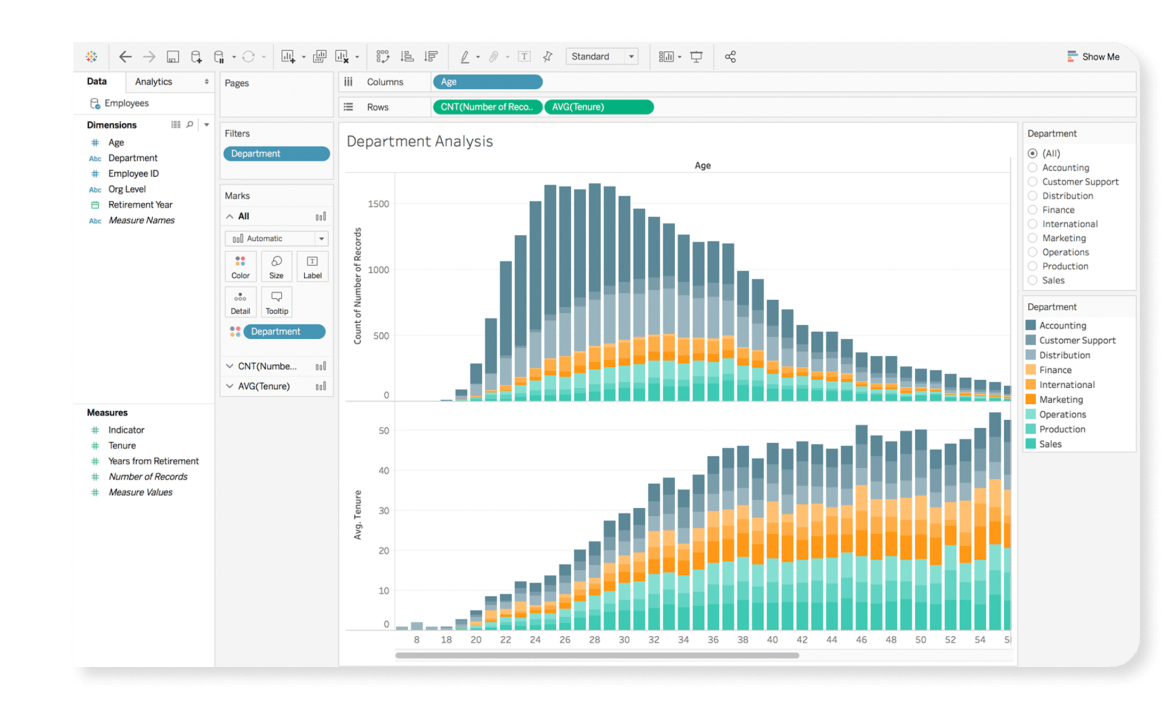Mastering Apache Superset: A Data Scientist’s Guide to Smarter Dashboards

As a data scientist, I’ve used my fair share of BI tools—from Tableau to Power BI—but when I discovered Apache Superset, it became my go-to for fast, scalable, and code-friendly analytics.
If you're looking for an open-source, Python-integrated dashboarding tool, Superset is a game-changer. Here’s how I got started, key features I love, and pitfalls to avoid.
1. Why Superset? A Data Scientist’s Dream Tool
Key Advantages Over Traditional BI Tools:
✅ Open-source & free (no licensing costs).
✅ Python-native (works with Pandas, SQLAlchemy).
✅ Handles massive datasets (thanks to SQL optimizations).
✅ Rich visualization library (50+ chart types).
✅ Cloud-friendly (Docker, Kubernetes deployments).
🔹 Example: I replaced a $10K/year Tableau license with Superset + a PostgreSQL connection—same dashboards, zero cost.
2. Installing Superset: 3 Easy Ways
Option 1: Local Install (Python)
# Create a virtual environment python -m venv superset_env source superset_env/bin/activate # Install Superset pip install apache-superset # Initialize & run superset db upgrade superset fab create-admin superset load_examples superset run -p 8080
Access at: http://localhost:8080
Option 2: Docker (Quickest for Testing)
docker run -d -p 8080:8080 --name superset apache/superset docker exec -it superset superset fab create-admin docker exec -it superset superset load_examples docker exec -it superset superset init
Option 3: Cloud (AWS, GCP, etc.)
- Use managed services like Preset.io (Superset SaaS).
⚠️ Pro Tip: For production, use PostgreSQL as the metastore (default is SQLite, which isn’t scalable).
3. Connecting to Your Data
Superset supports 30+ databases, including:
- PostgreSQL / MySQL
- BigQuery / Snowflake
- CSV/Excel (via SQLAlchemy)
How to Add a Database:
- Go to Sources → Databases.
- Enter connection strings (e.g.,
postgresql://user:password@localhost/db). - Test connection → Save.
🔹 Example: I connected Superset to a BigQuery public dataset to analyze COVID trends in minutes.
4. Building Your First Dashboard
Step 1: Create a Dataset
- Go to Sources → Datasets, pick a table/view.
Step 2: Explore Data (SQL Lab)
- Write queries with SQL Lab (Superset’s IDE).
- Save queries as virtual datasets.
Step 3: Visualize
- Click Create Chart → Choose a visualization (e.g., Bar, Line, Heatmap).
- Customize metrics, filters, and aesthetics.
Step 4: Assemble Dashboard
- Drag-and-drop charts into a layout.
- Add interactive filters (e.g., date range, dropdowns).
🔹 My First Dashboard: A real-time sales tracker pulling from a PostgreSQL DB.
5. Advanced Features for Data Scientists
A. Custom Python Metrics
Add Pandas-like calculations in charts:
SUM(revenue) / COUNT(DISTINCT user_id) # Avg. revenue per user
B. Semantic Layer (Calculated Columns)
Define reusable metrics (e.g., YoY growth) without SQL.
C. Dashboard Embedding
Embed dashboards in Jupyter Notebooks or web apps:
from superset import embed dashboard_url = embed.get_dashboard_url(dashboard_id=42)
D. Alerts & Anomaly Detection
Set up email alerts for threshold breaches (e.g., “Alert if sales drop 20%”).
6. Common Pitfalls & How to Avoid Them
❌ Pitfall 1: Slow dashboards.
✅ Fix: Use materialized views or aggregate tables.
❌ Pitfall 2: Broken SQL queries.
✅ Fix: Test in SQL Lab first.
❌ Pitfall 3: Overcrowded dashboards.
✅ Fix: Follow the “1 question per chart” rule.
🔹 Lesson Learned: I once built a dashboard with 50+ charts—users hated it. Now I use tabs and drill-downs.
7. Learning Resources
📚 Official Docs: Apache Superset Documentation
🎥 Tutorials: Superset for Data Science (DataCamp)
📊 Sample Datasets: Try the built-in “World Bank” dataset.
Final Thoughts
Superset bridges the gap between data science and business analytics. It’s not perfect (UI isn’t as polished as Tableau), but for Python-loving teams, it’s unbeatable.